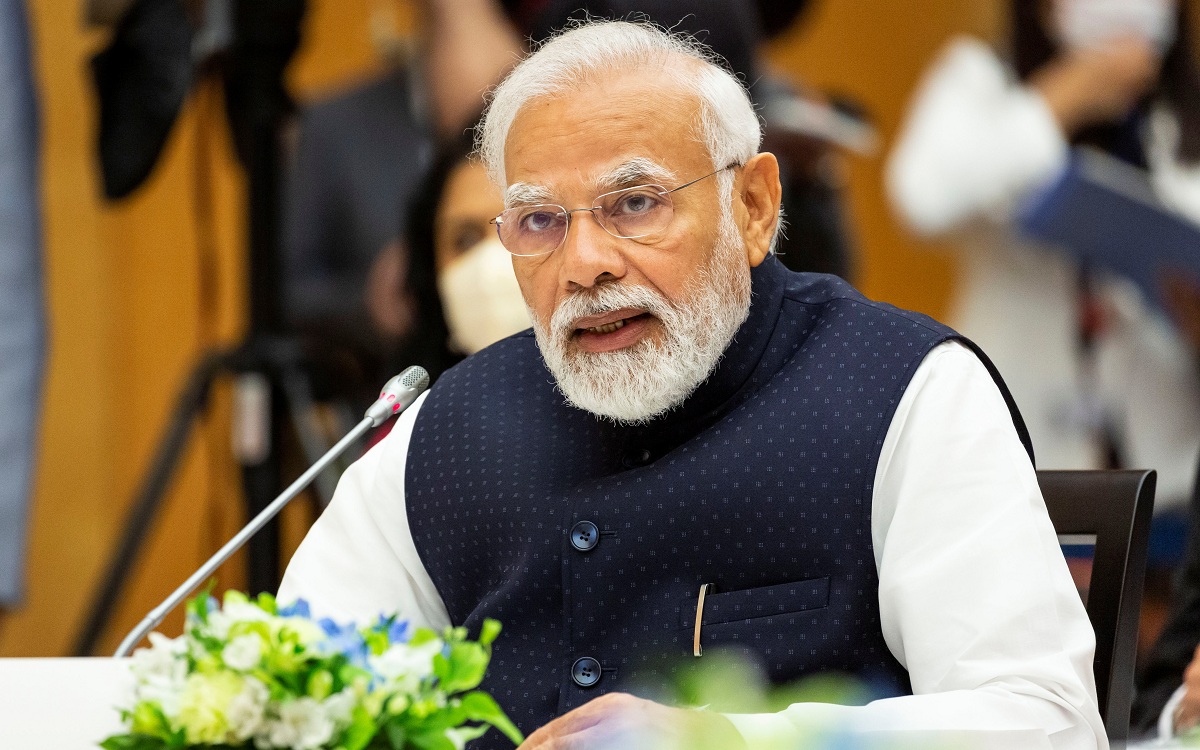As Prime Minister Narendra Modi’s tenure continues, opposition parties have intensified their aggression and united against his leadership. While they are engaging in various activities, their ultimate strategy revolves around the upcoming elections. The key to gaining an upper hand against Modi lies in winning the people’s support and securing a majority in the battle for power. The opposition parties understand that strength is crucial, regardless of the strategies, meetings, or rhetoric.
Regional parties, playing a pivotal role in this political landscape, need effective weapons to confront a strong leader like Modi. Understanding their respective vote banks has become a critical factor in this intriguing scenario. The Bharatiya Janata Party (BJP) now possesses 303 seats at the national level, and its power grows even more when direct and indirect support from other parties is considered. In comparison, non-BJP parties united in opposition to Modi possess only 197 Lok Sabha seats.
To increase their numbers and secure the coveted magic figure of 275 seats required to claim power at the Centre, regional parties must work diligently across all 547 seats. Observers believe that the revival of the Congress party at the national level is crucial for this endeavor, with a minimum recovery of 150 seats deemed necessary. However, the outcome for the Congress party remains uncertain, despite its recent surge in popularity due to the Bharat Jodo Yatra.
Meanwhile, regional parties, particularly those opposing Modi, face internal strife and must overcome their own challenges. Currently, only TMC, DMK, and JDU have secured double-digit seats among the parties united against Modi, while parties like RJD and CPI (ML) failed to win any seats. The stage is set for a formidable battle, with preparations and strengths clearly visible, indicating that the war for power is imminent.
